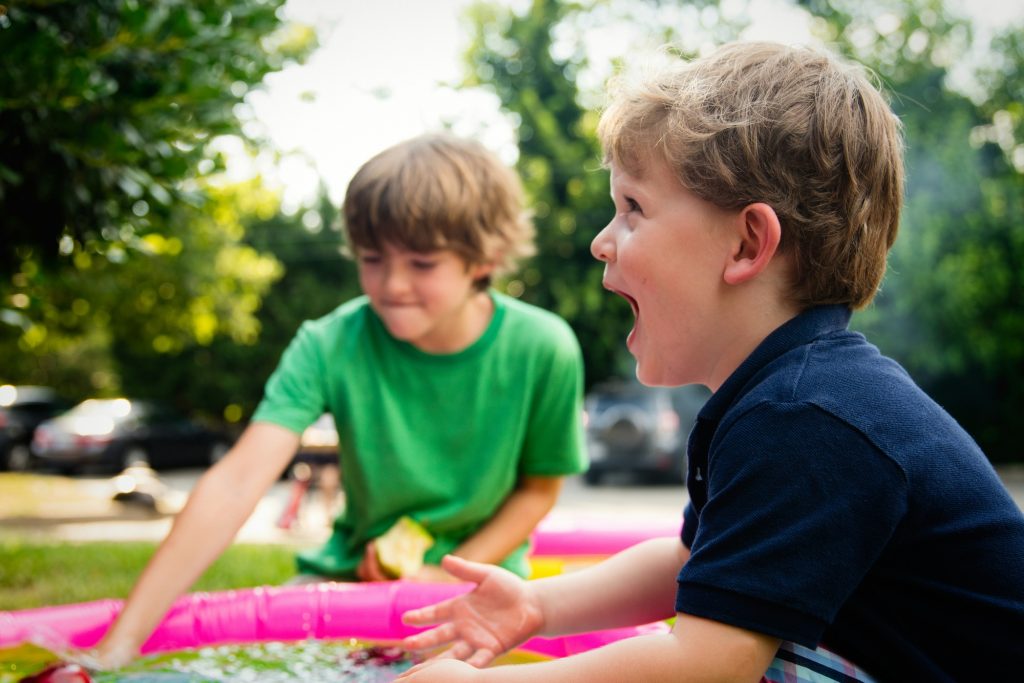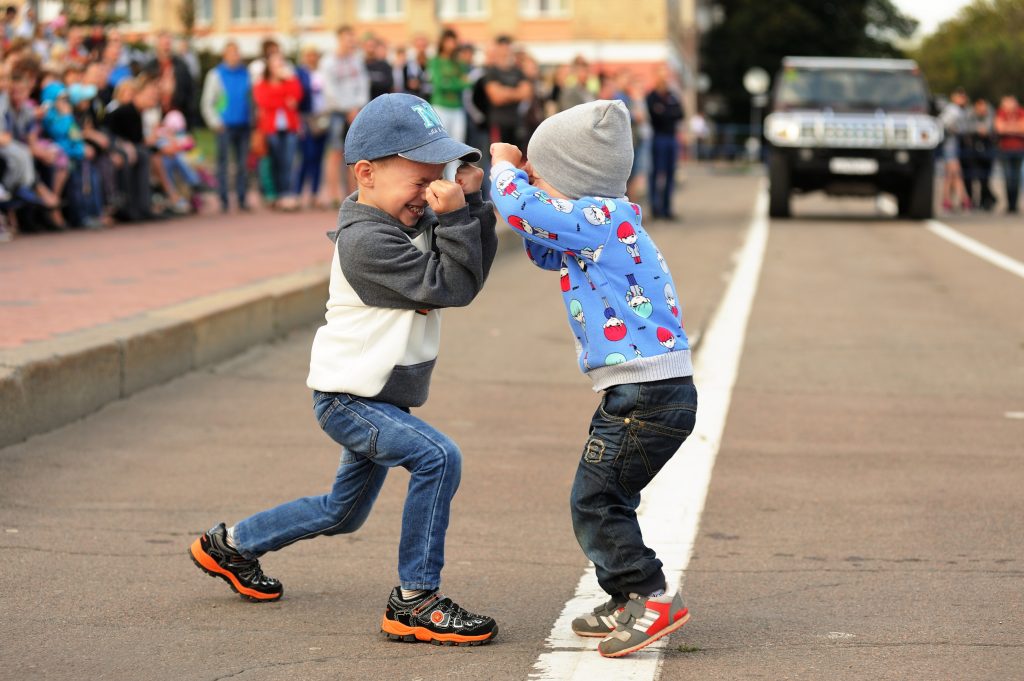
Friendships are supposed to feel safe and supportive. Laughter, jokes, and the occasional playful jab are all part of growing up and bonding. But sometimes, teasing between friends starts to feel different. It cuts deeper. It happens too often. It makes your child feel small instead of seen. That’s when it may have crossed the line from teasing to bullying.
Understanding the difference between harmless fun and emotional harm is key to protecting your child’s well-being. While kids (and adults) often brush it off as “just joking,” repeated, targeted teasing, especially when it’s one-sided or hurtful, can do real emotional damage.
The Fine Line Between Teasing and Bullying
Teasing, when done with mutual trust and care, can be part of a healthy friendship. It might involve silly nicknames, light sarcasm, or jokes that both people laugh at and understand.
Bullying, however, is very different. It involves power, repetition, and the intent (or effect) of causing harm. Even if the person doing the teasing claims it’s “just a joke,” if one child consistently feels hurt, excluded, or belittled, it’s no longer harmless. It’s emotional bullying.
Some red flags that teasing has crossed the line include:
- The same child is always the target.
- The teasing is about sensitive or personal topics.
- It causes visible anxiety, sadness, or withdrawal.
- The friend doesn’t stop when asked.
- The laughter is one-sided.
How Kids Experience This Gray Area
One of the hardest parts about teasing-turned-bullying is that kids may not realize it’s happening or they might be afraid to admit it. It’s not uncommon for kids to stay in unhealthy friendships because they fear being left out or labeled “too sensitive.”
They might rationalize the behavior (“They pick on everyone,” or “That’s just how we joke”), especially if the teasing happens in front of others who laugh along. This internal conflict, wanting to fit in but feeling hurt, can seriously impact their self-esteem and mental health over time.
How Parents Can Spot the Shift
As a parent, it’s important to stay attuned to subtle changes in your child’s behavior. Look for patterns that might indicate something deeper than typical friendship squabbles:
- Hesitation or dread when talking about a particular friend or group.
- Withdrawal from activities or social events they once enjoyed.
- Complaints about feeling “left out” or being the butt of jokes.
- Sudden drops in mood, confidence, or academic performance.
- Refusal to share details about social situations.
It’s also helpful to observe how your child talks about themselves. Do they repeat put-downs they’ve heard? Are they starting to believe negative things about their abilities or worth? That could be a sign the teasing is sinking in more than they realize.

How to Talk to Your Child About It
If you suspect your child is being bullied by a friend, approach the topic gently and without judgment. Start with open-ended questions:
- “How do you feel when your friends joke around?”
- “Do you ever feel like someone goes too far?”
- “What do you do when a joke makes you uncomfortable?”
Validate their feelings and avoid brushing off their concerns as “normal kid stuff.” Let them know it’s okay to feel upset—and that real friends don’t make each other feel small.
You can also help your child come up with phrases to set boundaries, like:
- “That wasn’t funny to me.”
- “I don’t like being joked about like that.”
- “Can you not say that again?”
Teaching them to speak up assertively (but safely) is a powerful step toward self-respect.
When to Step In
If the teasing continues and your child feels stuck, it’s time to intervene. This may mean contacting a teacher, school counselor, or even the other child’s parent, especially if the behavior happens repeatedly at school or in group settings.
Keep documentation of what your child tells you and encourage them to write down what happened, when, and how it made them feel. This helps build a clear picture for adults in authority to take meaningful action.
You’re not “making it worse” by stepping in. You’re showing your child that their emotional safety matters more than social politics.
Strengthening Healthy Friendships
One of the best antidotes to toxic friendships is helping your child nurture the good ones. Encourage connections with friends who are kind, respectful, and supportive. Talk about what healthy friendship looks like: mutual respect, kindness, fun without cruelty, and feeling accepted.
It’s also okay for friendships to end, especially when one side isn’t showing up with care. Remind your child that outgrowing someone doesn’t mean they’re mean or dramatic. It means they’re learning to value themselves.
Sometimes, the biggest bullies aren’t on the playground. They’re the people we call friends. But kids can learn to draw boundaries, trust their feelings, and choose relationships that truly lift them up.
Have you ever seen teasing cross the line in your child’s friendships? How did you handle it, or how do you wish you had?
Read More:
12 Over the Top Ideas for Fixing Your Child’s Bullying Problem
How to Handle Bullying in Schools and Online
Riley is an Arizona native with over nine years of writing experience. From personal finance to travel to digital marketing to pop culture, she’s written about everything under the sun. When she’s not writing, she’s spending her time outside, reading, or cuddling with her two corgis.
Leave a Reply